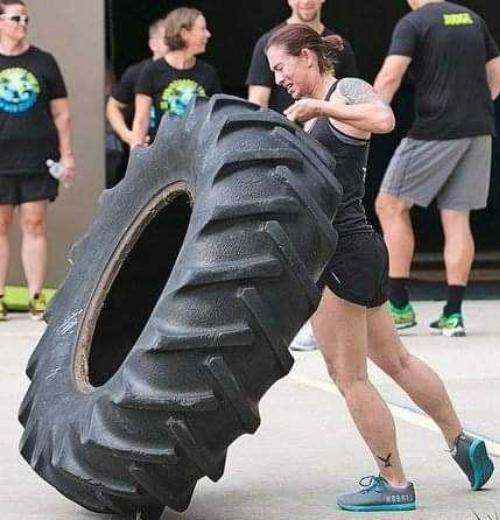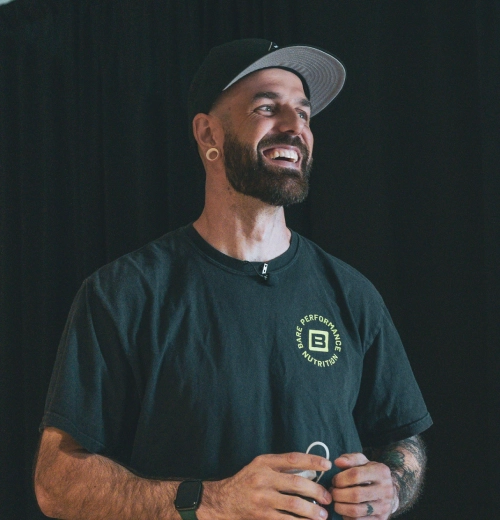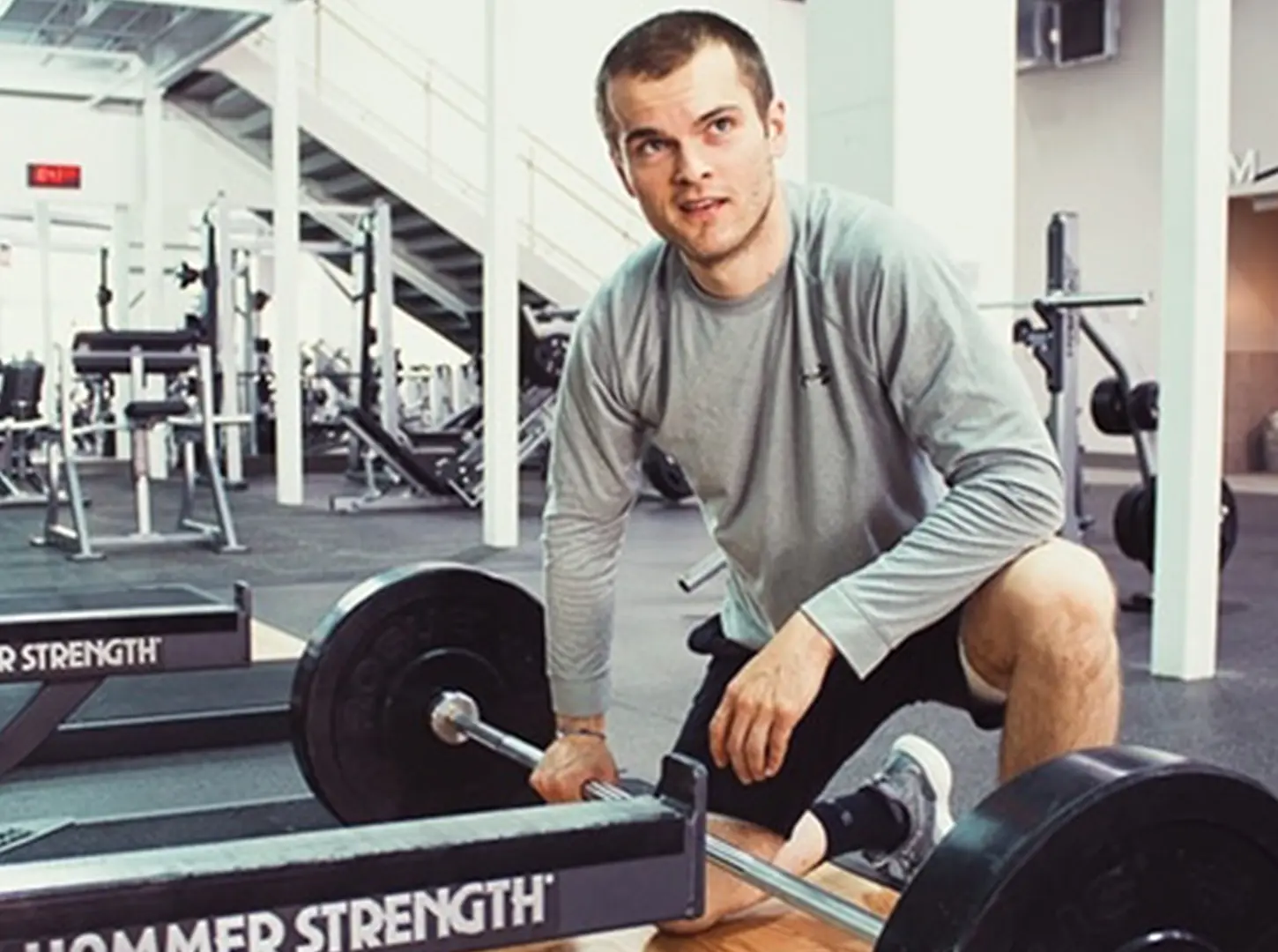Are your coaches scaling your workouts appropriately?
We all know that CrossFit is infinitely scaleable, and that anyone can do it. Most coaches will know how to scale movements to keep you safe, but do your coaches actually know how to scale movements to make you BETTER? First let’s talk about the three main reasons you should scale: you’re recovering from injury, you have a mobility issue with a particular movement, or you need to scale to preserve the intent of the workout. We’ll dissect each reason and give you some example to make it more concrete.
1. You’re recovering from an injury. The example we’ll use it the shoulder, as it’s the most common injury I’ve heard about in CrossFit. 9 times out of 10 it happens to someone who hasn’t been screened for overhead movements, and is told to put a barbell overhead repeatedly and quickly (sounds like a great idea right?).
If you’re at a gym with a coach who isn’t super experienced, they’ll probably scale for you by modifying the movement to you can do a similar version of it in a range of motion that doesn’t cause pain, IE scaling a snatch to a dumbbell snatch or a hang power snatch, etc.
Where a more experienced coach would start, is with an isometric hold to strengthen the joint. This is an especially good tactic with the shoulder, since it’s comprised of a series of smaller muscles that respond very well to isometrics and stability work (IE overhead carries, etc).
After the joint starts to feel better, then the client should move to loaded movements with slower, controlled eccentrics (isotonics). Yes, even in WODs it’s ok to slow down guys!
If we’re scaling to make people BETTER, then wouldn’t we pick the best possible option for that person, rather than simply changing their range of motion so they can do a similar workout to the rest of the class? If you get only one thing out of this post, I hope it’s that just because everyone else is doing the same thing, DOESN’T MEAN THAT YOU HAVE TO.
2. You have a mobility issue and aren’t able to complete the range of motion for a specific movement.
My opinion is that it’s fine to change the requirements for range of motion. If we’re doing deadlifts, and client isn’t able to reach the bar with a flat back due to tight hamstrings, then deadlifting from an elevated surface will still allow them to work their posterior chain, and keep the spine safe. You could also change the movement to a sumo deadlift for example, as the change in stance should take some pressure off the hamstrings and allow for a neutral spine. Coaches; be careful to not get too comfortable here though, we should still be giving clients mobility homework and encouraging them to be able to improve that range of motion.
3. Preserving the intent of a workout.
We’ll use two different examples here. 1 will deal with movements that you aren’t able to execute yet due to strength to body weight issues, IE a pull up. 2 will deal with adjusting the resistance in order to keep moving at a certain pace during the workout, or working a particular muscle group.
Let’s take a workout with pull-ups as our first example. Most coaches would scale pull-ups to banded pull-ups, or jumping pull-ups. While that can be fun to do on occasion, neither of those are good scales for someone who isn’t strong enough in relation to their body weight. Banded and jumping pull-ups just don’t make you stronger (unless you prescribe a tempo for the jumping pull-ups). Check out this article why here.
I can do pull-up skill progressions with a client all day, but that’s not going to help their strength to body weight ratio long term the way that loaded vertical pulling (on a cable machine for example), would help them increase that strength. Now not everyone has a cable machine, but you can get creative with ropes tied to kettlebells over the squat rack, partner assisted pull-ups, or rope pulling a sled on your stomach. Or you could give them more bang for their buck with some horizontal pulls, like ring row, Pendlay row etc.
If the intent of the workout is to entertain the client, then banded kipping pull-ups are the way to go.
Our second example is adjusting the weight, either so that the workout is finished in a given time frame, or that a certain number of reps are finished at a certain percentage relative to a persons max for that lift. It it’s a workout that calls for 50 reps of a 185 deadlift, and your max is 205, you should scale that weight back significantly. For most CrossFit workouts with higher reps I recommend 60ish % of a 1RM. This one is pretty self explanatory, but a surprising number of people overshoot their weight because of ego. Another example of ego getting in the way of progress is the push-up. If the intent of the workout if for you to gain core stability and horizontal pressing strength, are you achieving that by doing push-ups that look like the worm? Don’t be afraid to scale.
Ask your coach what the intent of the workout is next time you’re in the gym if you need to scale. If they answer with some vague answer like “metabolic conditioning”, then get a better coach. Sorry not sorry 🙂












